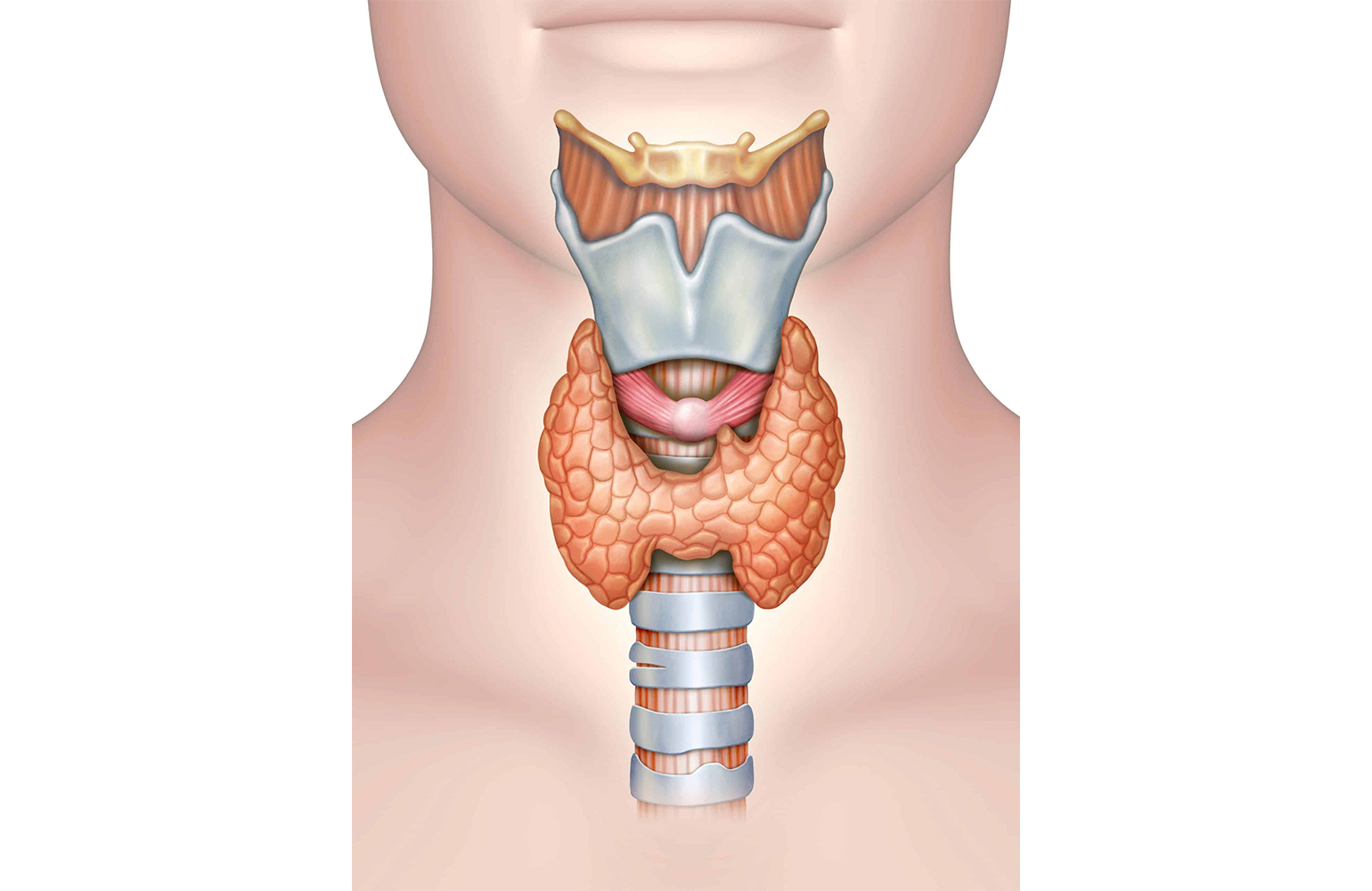
Thyroid Cancer
Oncological SurgeryThyroid gland; It is a butterfly-shaped endocrine gland located in the front part of the neck, in front of the trachea. This gland, where thyroid hormones are produced, ensures the proper functioning of tissues and organs in the body. Thyroid cancer is defined as malignant tissue that forms when the cells that make up the structure of the thyroid gland begin to divide uncontrollably. Thyroid cancer, which is rarer than other types of cancer, is more common in women, although its cause is unknown. In addition, thyroid cancer can occur at an early age and is a type of cancer that can be cured at a high rate with surgical treatment when diagnosed early. That's why the thyroid cancer death rate is much lower than other cancers.
Types of Thyroid Cancer
Types of thyroid cancer; There are four types: papillary, follicular, medullary and anaplastic. Their frequency of occurrence varies from each other.
Papillary Thyroid Cancer
It is the most common type of thyroid cancer, occurring in 80-90% of cases. Papillary thyroid cancer, which can be seen at any age, occurs most frequently between the ages of 30-40. This cancer, which usually has a good prognosis and grows slowly, may not cause symptoms for a long time and continues to exist in the person for years without resulting in death.
Papillary thyroid cancer metastases usually occur to the lymph nodes and lungs. It is a cancer that can be completely cured with surgery. In advanced stage patients with spread to the lymph nodes, radioactive iodine (popularly known as atomic) therapy may be required in addition to surgical treatment.
Follicular Thyroid Cancer
It is the second most common type of cancer among thyroid cancers. Follicular thyroid cancer, which spreads through the bloodstream, constitutes 5-10% of thyroid cancers.
This type of cancer, which is more common in people in their 50s, also grows slowly. Although the incidence rates at initial diagnosis vary, there is a possibility that cancer will spread to the lungs, bones, and to a lesser extent, the brain and liver.
Treatment can generally be provided by complete removal of the thyroid gland. In cases of metastasis, radioactive iodine treatment may be necessary.
Medullary Thyroid Cancer
It arises from parafollicular C cells that occupy a very small area in the thyroid gland. Calcitonin hormone levels are abnormally high in the blood of people with medullary thyroid cancer.
Usually, the calcium level in the blood decreases and related symptoms occur. The main effect of calcitonin is to reduce bone resorption by affecting the number and functioning of osteoclast cells in bones.
For this reason, medullary thyroid cancer can be diagnosed more easily compared to other silently growing types. Thyroid cancer, which occurs in approximately 2% of cases, grows slowly but has a tendency to metastasize. The feature that distinguishes medullary thyroid cancer, which can be seen in later ages like other thyroid cancers, is the possibility of being hereditary.
It may progress with other tumors in some familial disease syndromes. Genetic mutation testing is required for this cancer, which is transmitted from generation to generation.
Anaplastic Thyroid Cancer
Anaplastic thyroid cancer is the rarest type of thyroid cancer. It constitutes 2% of thyroid cancers. It is a tumor that spreads very quickly and quickly. There is usually no chance of surgery in this disease.
Because when the diagnosis is made, the tumor has spread widely. Radiotherapy or chemotherapy may be applied to relieve patients.